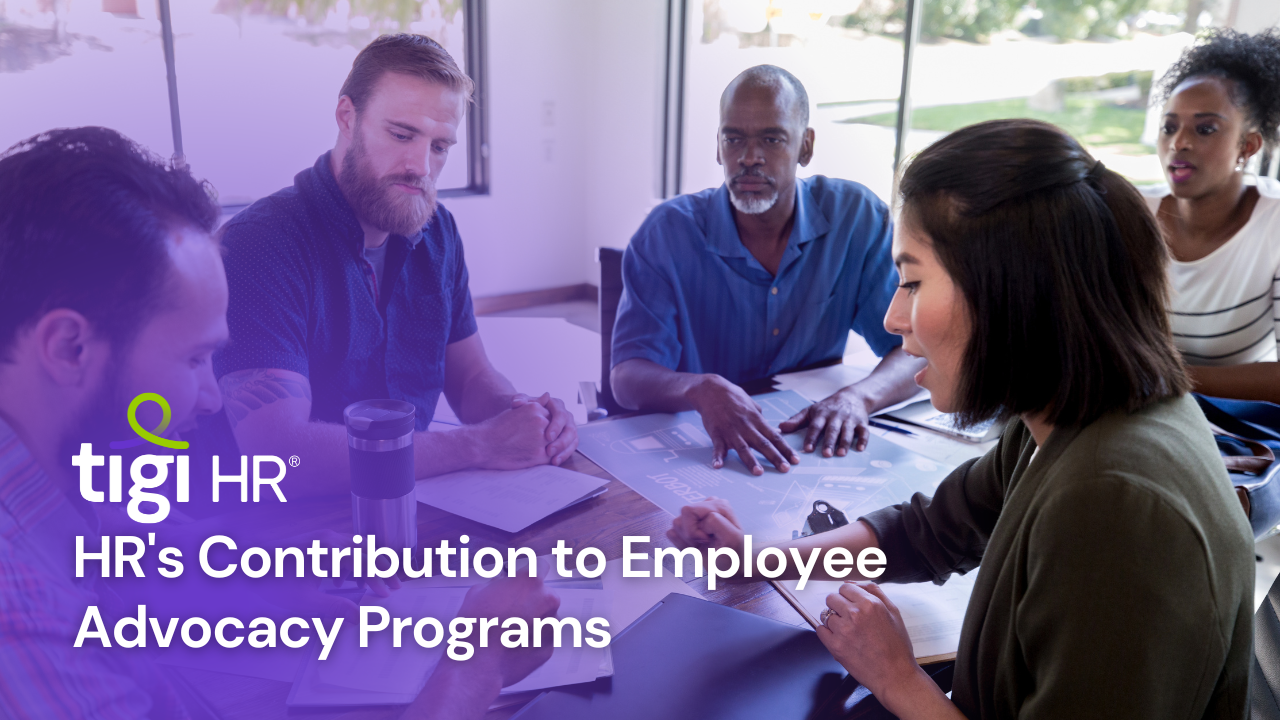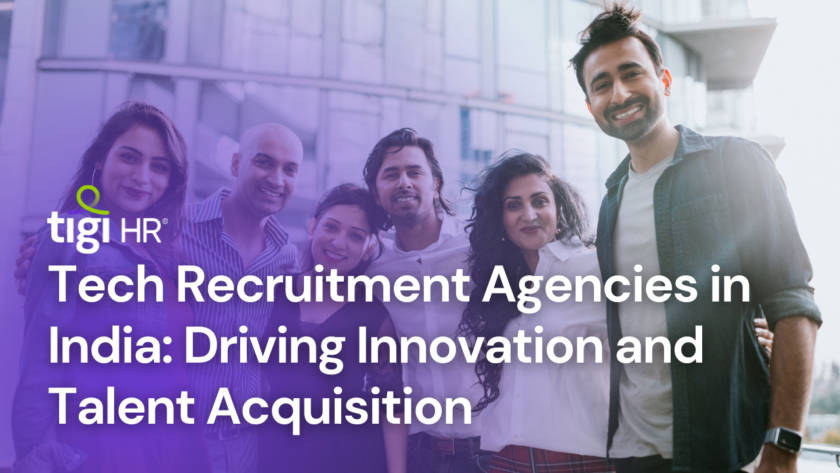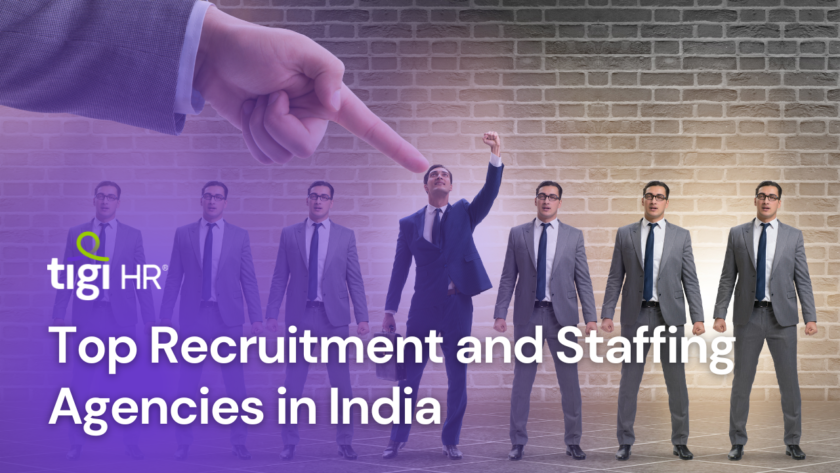In today’s digitally connected world, employee advocacy has become a powerful tool for organizations to enhance their brand presence, credibility, and engagement. Human Resources (HR) departments play a pivotal role in the success of employee advocacy programs. In this article, we will delve into HR’s essential contributions to fostering thriving employee advocacy initiatives and how to make them SEO-friendly.
Understanding Employee Advocacy Programs
Employee advocacy programs are initiatives where employees voluntarily promote their company’s brand, products, or services on social media and other platforms. These programs leverage the personal and professional networks of employees to amplify the organization’s message. However, successful employee advocacy doesn’t happen by chance; it requires careful planning and HR’s active involvement.
HR’s Key Contributions to Employee Advocacy Programs
1. Creating a Culture of Advocacy
HR is instrumental in fostering a workplace culture that encourages employee advocacy. They can implement policies and guidelines that empower employees to engage positively on social media while representing the company. This involves developing clear social media usage policies that align with the organization’s values and objectives.
2. Identifying and Nurturing Advocates
HR professionals can identify potential advocates within the organization. They can assess employees’ social media presence, communication skills, and enthusiasm for the company. Once identified, HR can provide training and resources to help advocates effectively promote the brand while maintaining professionalism.
3. Training and Development
HR plays a pivotal role in ensuring that employees have the necessary skills to be effective advocates. Offering training on social media best practices, content creation, and communication guidelines can empower employees to represent the brand confidently and authentically.
4. Monitoring and Feedback
Monitoring the effectiveness of employee advocacy efforts falls under HR’s purview. Tracking key performance indicators (KPIs) such as engagement rates, reach, and content effectiveness helps HR fine-tune the advocacy program. HR can also collect feedback from advocates to make continuous improvements.
5. Recognition and Rewards
Recognizing and rewarding employee advocates is crucial for sustaining their enthusiasm. HR can design recognition programs, incentives, or gamification elements to acknowledge and appreciate advocates’ contributions. This boosts morale and encourages continued participation.
6. Compliance and Legal Support
Employee advocacy must comply with legal and regulatory requirements. HR ensures that advocacy efforts adhere to industry regulations and company policies, reducing the risk of legal complications.
SEO-Friendly Tips for Employee Advocacy Content
To make your employee advocacy content SEO-friendly, consider these strategies:
Keyword Integration: Incorporate relevant keywords related to your industry and brand into your advocacy content, but do so naturally.
Quality Content: Emphasize the creation of high-quality, engaging content that resonates with your target audience.
Consistency: Maintain a consistent posting schedule to keep your advocacy efforts visible and relevant.
Use of Hashtags: Utilize appropriate hashtags to increase the discoverability of your content on social media platforms.
Internal Linking: Include links to relevant internal and external sources within your content to improve SEO.
Mobile Optimization: Ensure your advocacy content is mobile-friendly, as many users access social media on mobile devices.
In conclusion, HR’s role in employee advocacy programs is indispensable. They create a culture of advocacy, identify and nurture advocates, provide training, monitor progress, offer recognition, and ensure compliance. By following SEO-friendly strategies, organizations can maximize the impact of their advocacy efforts, enhancing brand visibility and employee engagement in the process. Employee advocacy is a dynamic strategy that, when executed well, can drive tangible benefits for both employees and the organization they represent.
Exploring the Latest Trends in Staffing and Recruitment Agency Methods
Staffing and recruitment agencies are adapting to the evolving recruitment landscape by leveraging technology, embracing data-driven decision-making, building engaging employer brands, nurturing talent communities, providing customized recruitment solutions, and prioritizing the candidate experience. By staying abreast of these trending methods, agencies can effectively connect talented individuals with their dream jobs while assisting businesses in finding the right candidates to drive their success. Embracing these strategies ensures that staffing and recruitment agencies remain at the forefront of the industry, fulfilling the needs of both candidates and clients.
Find trusted recruitment agencies : Click here





